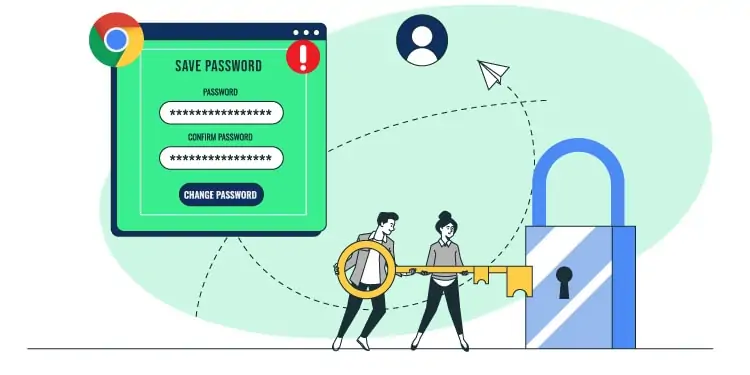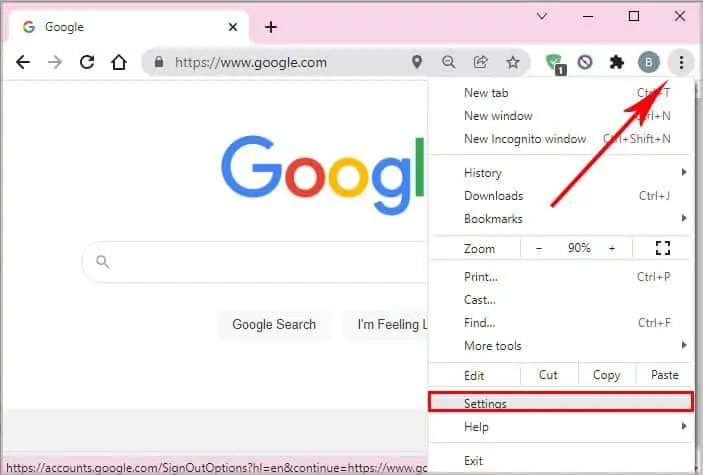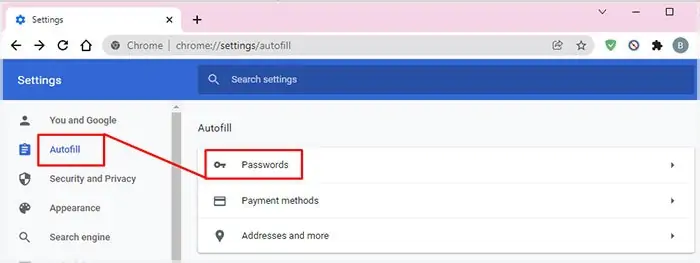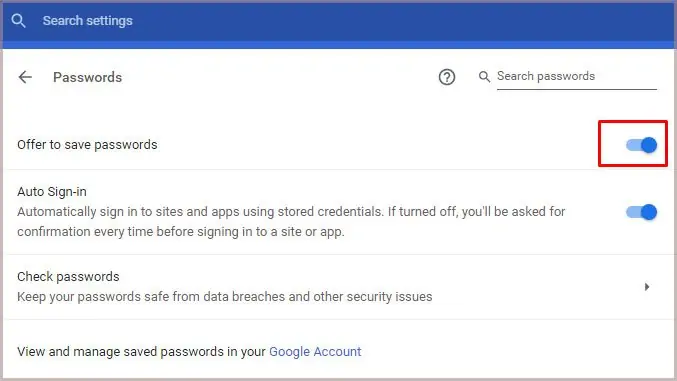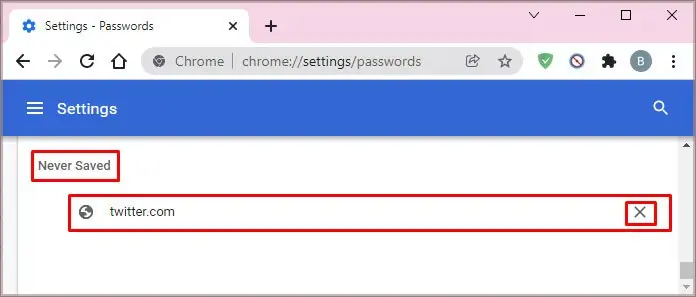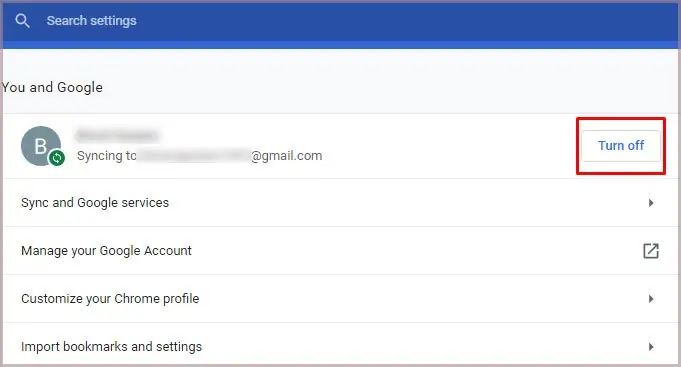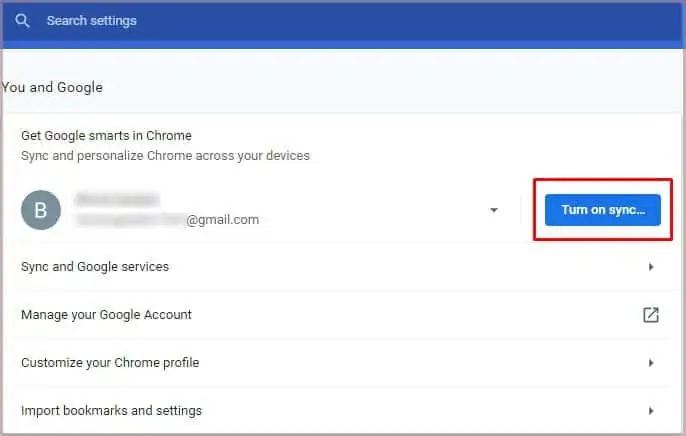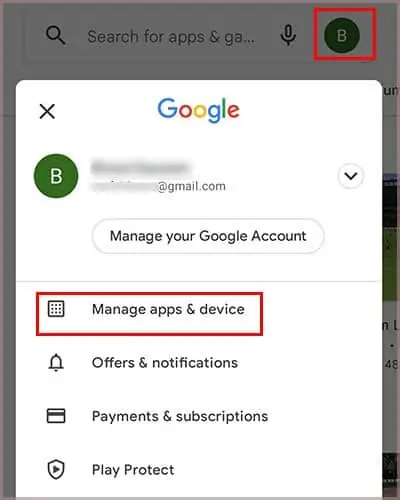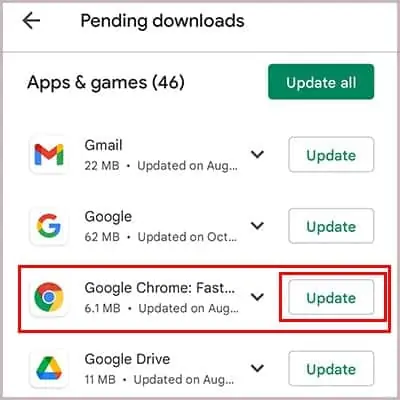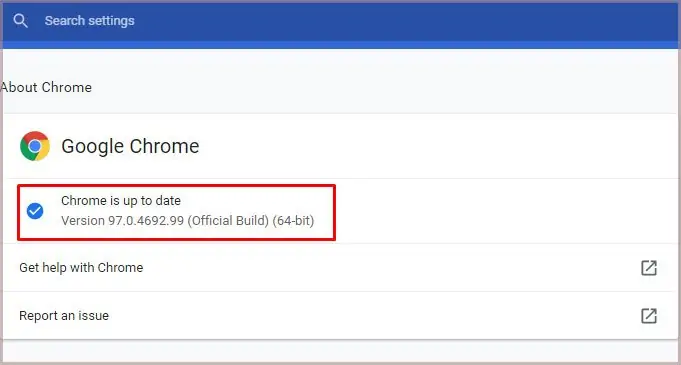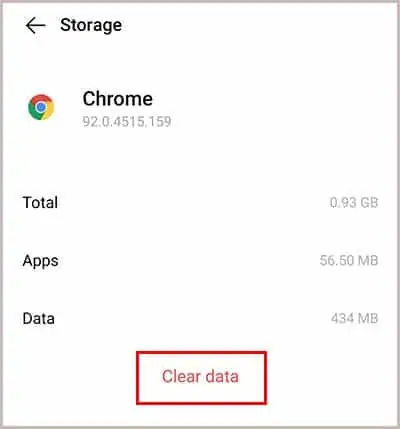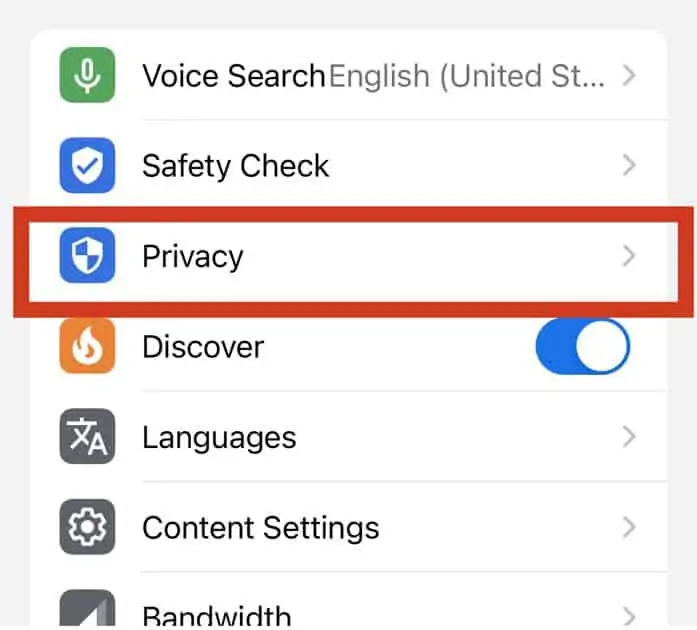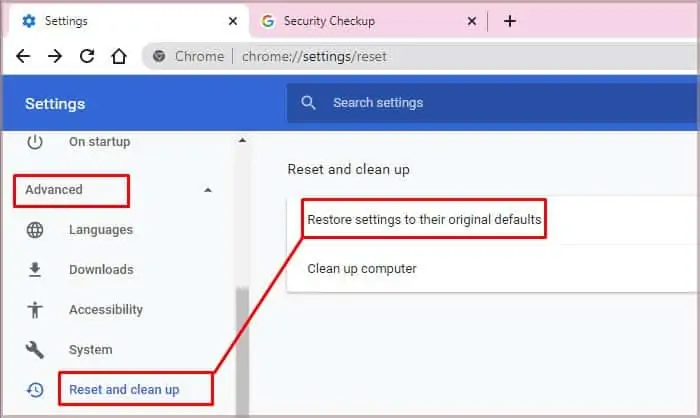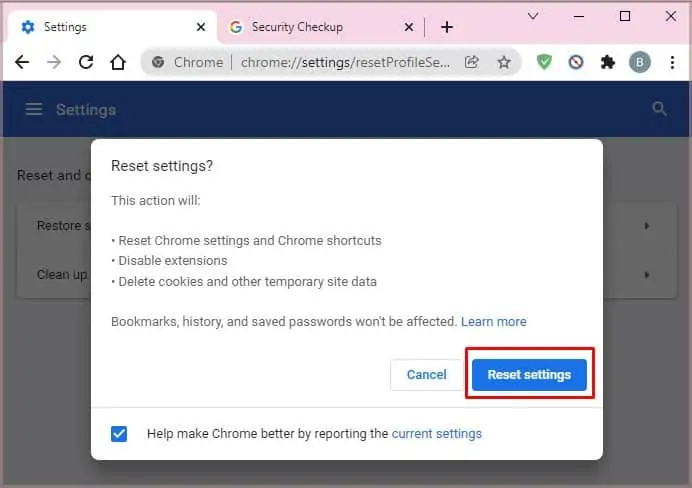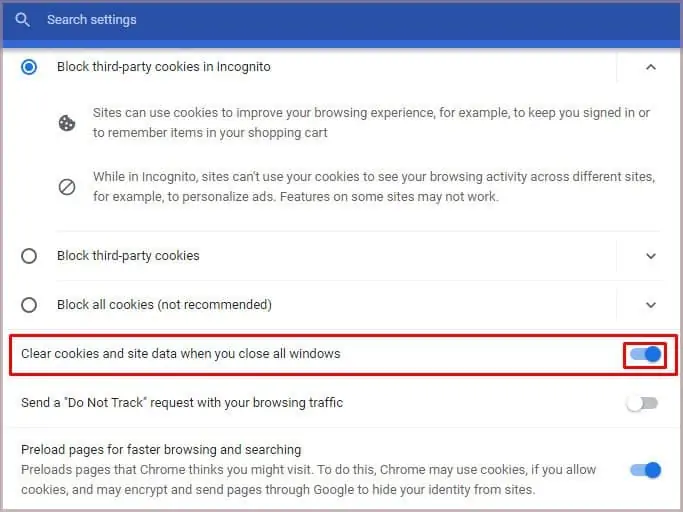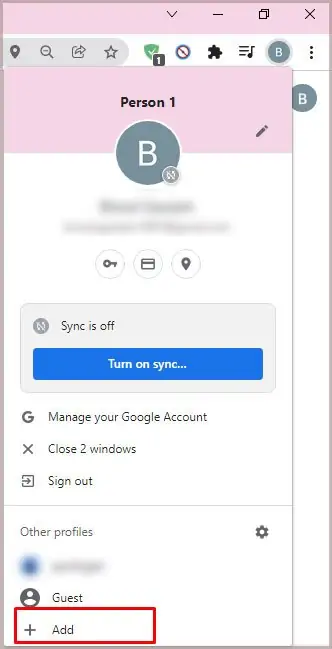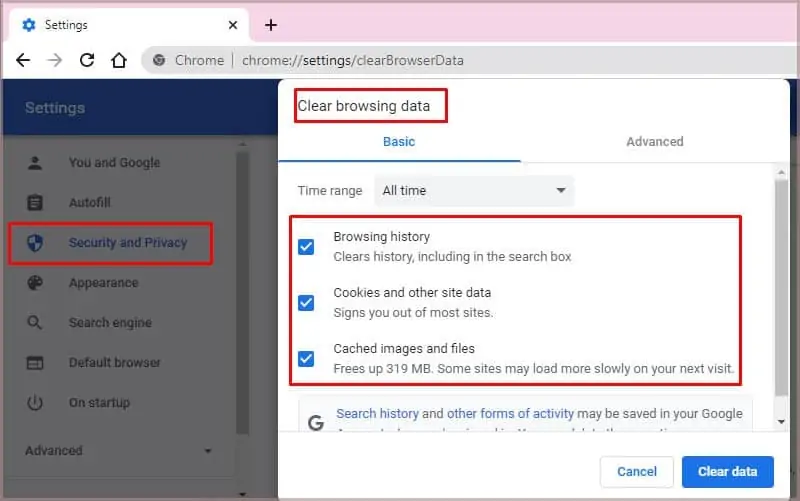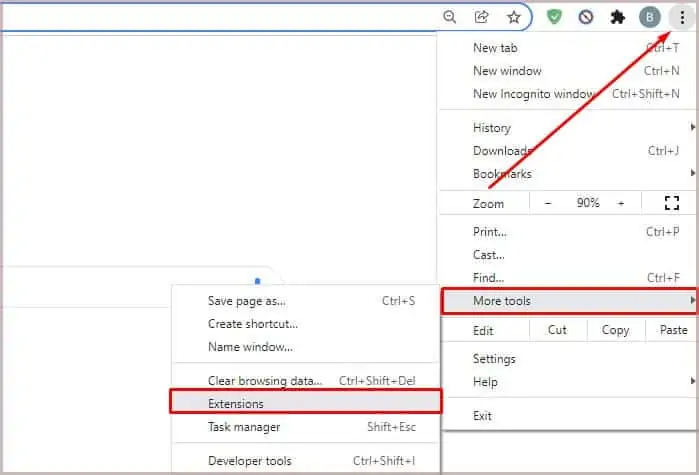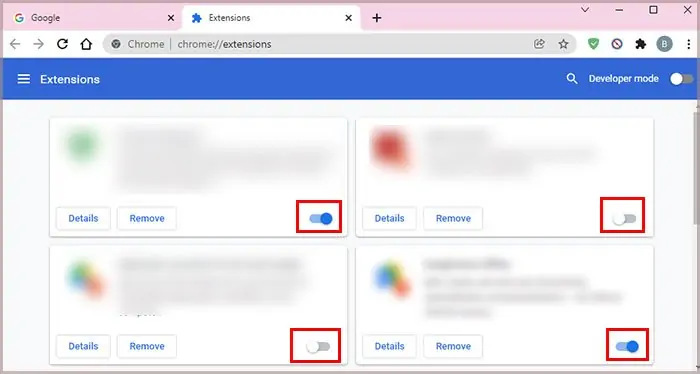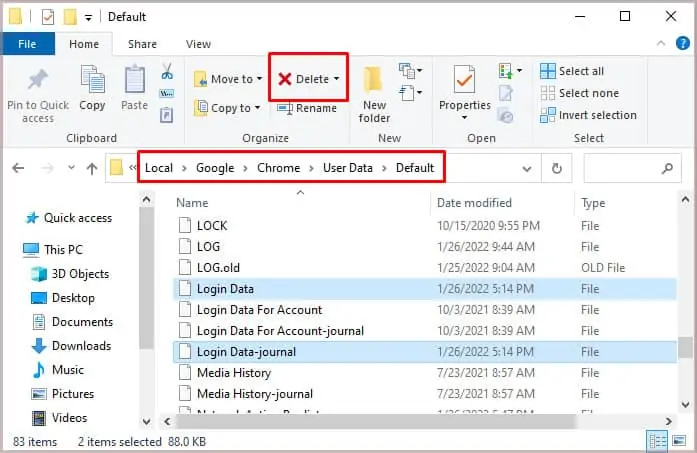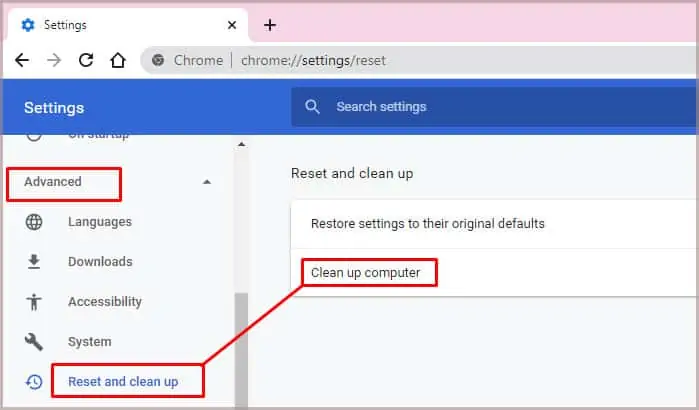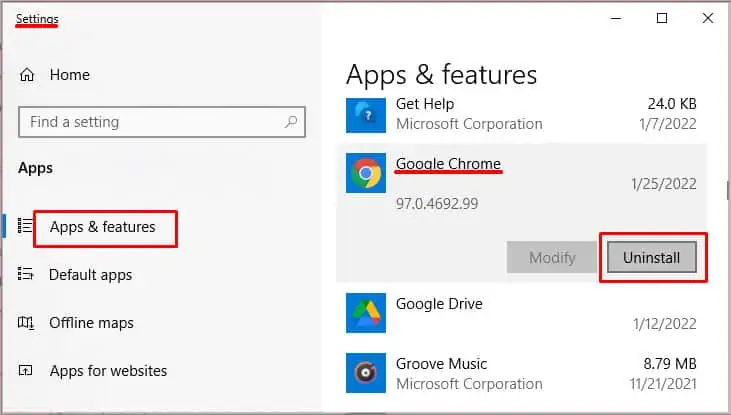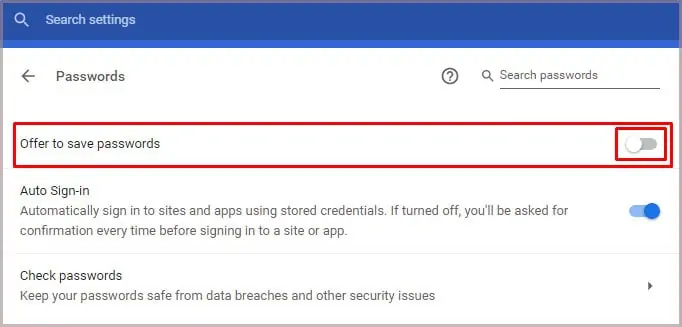In an attempt to secure password details and improve accessibility and user experience, it is important to save passwords on any browser during use. The ease of saving passwords on your device depends on your browser. For Google Chrome users, Chrome has one of the best password auto-saving features.
Google Chrome’s autofill password feature has surely become a helpful tool that saves us a lot of time. If the autofill feature does not pop up in your browser anymore there are different steps you can take for this.
Reasons Why Chrome Won’t Save Passwords
Google Chrome’s failure to save passwords occurs on all devices due to many reasons, and knowing each reason can help you avoid the issue later on. Here are a few reasons why Chrome won’t save passwords.
- Using an Outdated Google Chrome Browser: Using an outdated app will allow you to miss out on some nice and improved features, and it can affect Google Chrome’s autosave features.
- Wrong Settings: You might experience the problem if you knowingly or unknowingly tamper with the Google Chrome’s Settings.
- Preventing Chrome from Saving Local Data: Chrome saves our passwords locally before uploading them to https://passwords.google.com/. This step enables Chrome’s autofill feature. If you prevent Chrome from saving local data, the application won’t upload and remember the passwords.
- Chrome File Corruption: Corrupted Chrome files can lead to several problems when using the browser. Common ones are loss of files which can affect the ability of the application to recall and save passwords.
- Installing a Conflicting Extension: Installing incompatible extensions causes many problems, and one of them is Chrome experiencing difficulty with remembering passwords.
Fixing Google Chrome Not Saving My Passwords
Before we begin, we can do a basic checkup at the settings section in the browser. Under the autofill option, there are two main things to look at: whether we have turned off the “Offer to save password” and whether we have added any website on the “Never Save” option.
Check Your Password Setting in Chrome
Firstly, check whether the “Offer to save password” is enabled in your Chrome. To do this, follow the steps below.
- Click on the Vertical three-dots located on the top right corner of your Chrome browser.
- Go to Settings.

- Click on Autofill on the left hand panel.
- Click on Password .

- Check whether the “Offer to save password” is turned on.

- If it is not, click to turn it on.
Check for “Never Saved” List
If the pop-up autofill feature is not showing for specific websites, it could be that at some point you clicked on the “Never save” option when you visited the site previously. To check whether this has happened, follow the steps below:
- Click on the Vertical three-dots located on the top right corner of your Chrome browser.
- Go to Settings.
- Select Autofill from the left hand panel.
- Click on Passwords.
- Scroll down below to see “Never Saved” list.
- Check whether the Website is listed there.
- Click on the Cross icon to remove the website from the list.

Logout and Login Again
Sometimes there could be a glitch that prevents Chrome from saving passwords. If that is the case, you can see if the issue is fixed by doing a simple logout and login. To logout from your Chrome, follow the steps below:
For Windows
- Click on the Vertical three-dots located on the top right corner of your Chrome browser.
- Go to Settings.
- Click on You and Google.
- Click the “Turn off” button next to your Profile.

- Click Turn off to confirm.
- Sign in using accounts.google.com.
- Add in your Password
- Click on your Profile icon, located next to the vertical three dots.
- Click the “Turn on sync” button.

- Click “Yes, I’m in” to confirm.
- Check if the autofill feature works.
Use The Latest Chrome Version
Updates to Google Chrome might seem similar to its predecessor. However, there are a lot of underlying bug fixes that can repair any glitch in your older version.
For Android Devices
- Visit the Google Play Store on your device
- Tap the profile icon at the top right corner
- Tap on Manage apps and device

- Tap Updates available, check for Google Chrome
- If the Google Chrome update icon is present, tap the Update icon.

- Download and install the Chrome updates
For iOS Devices
- Visit the app store on your device
- Tap the profile icon at the top right corner
- Scroll to available updates and search for Google chrome.
- Select Update to install
- Enter your Apple ID password and other confirmation
- Download and install the update.
For PC (Mac and Windows)
- Visit Chrome on your computer
- Click the three dots at the top right corner
- Select Help, followed by About Google Chrome
- Then, click on Update Google Chrome.

Restore Chrome to Default Settings
Google Chrome normally can save passwords. However, the application can lose this feature when users tamper with one or more settings or misuse the app. You can correct this by restoring the app to its default settings. Here are quick methods to restore chrome to default settings on different devices.
For Android Devices
- Go to “Settings” on your phone
- Scroll down to “Application”
- Tap on Google Chrome
- Click on Storage > Clear Data

For iOS Devices
- Open Google Chrome
- Tap on the “three dots” at the right-hand corner
- Go to “Settings”
- Select “privacy”

- Tap on “Clear browsing data”
- Confirm that you want to delete all.
For PC
- Open “Google Chrome”
- Click on the three dots icon at the right corner
- Select “Settings” on the new tab, go to the bottom, and click on “Advanced Settings.”
- Click on “Restore settings to their original defaults” under Reset and cleanup settings.

- Click “Reset settings.”

Correct Settings to Permit Chrome to Save Local Data
By default, Google Chrome should save local data, which makes it retain and secure passwords on your device. In some devices, especially PCs, this option might not be available. Therefore, you should correct settings to permit chrome to save local data.
- On Google Chrome, Click on the three dots at the top right corner
- Click on Settings
- Select Privacy and Security
- Choose Cookies and other site data > Enable Clear cookies and site data when you close Chrome

- Restart the application
Creating or Using a New Profile on Google Chrome
If the problem occurs due to corruption of the Chrome file, you should create/introduce a new profile into your device.
For Smartphones
- Visit my account.google.com
- At the top right corner, tap the profile icon
- Tap manage accounts, you then sign out.
- The new account (created) is then inputted.
For PC
- Open Google Chrome
- Click on the account icon at the top right corner
- click on Add at the bottom

- Add a name, select an avatar for the new profile, and click “Done”
- Reboot your computer. After which, it should be able to save passwords.
Clear Cookies and Caches
Chrome accumulates a lot of cookies and caches over time. If there is an overload or if some of the cookies are corrupt, it could prevent some of Chrome’s functions such as saving passwords. To address this, you can delete the cookies and caches by following the steps below:
For Windows
- Click on the vertical three-dots located on the top right corner of your Chrome browser
- Go to Settings.
- Click on Security and Privacy.
- Click on Clear Browsing Data.
- Check browsing history, cookies and other site data and cached images and files.

- Click on clear data.
For Mac
- Go to
<Username>/Libraryfolder. - Delete all Google folders.
- Reboot your PC
Disable Conflicting Extension and Add-ons
It could be that one of the extensions is causing the issue. To know which, you can disable the extensions one by one and find the culprit. Follow the steps below to do this:
- Click on the Vertical three-dots located on the top right corner of your Chrome browser.
- Go to More tools.
- Click on Extensions.

- You will find a list of all the extensions you have on the browser.
- To disable the extension, click on the toggle.

- Log-in to a website and see if your password gets auto filled.
- Do it one-by-one on all the extensions.
- See if turning off any one of them fixes the problem.
Delete Login Data From Device
Before moving to resetting the browser to default and making a new profile which will delete a lot of preference settings, you can try deleting just your login data and login-data journal from your device. This has proven to work for many users especially in cases where Chrome would offer to save passwords but it would not save them. Follow the steps below to do this:
For Windows
- Click on the Windows logo.
- Select Run.
- Type:
C:\Users\USERNAME\AppData\Local\Google\Chrome\User Data\Default - Press Enter and Search for “Login Data” and “Login Data-journal”.
- Right click on the files.
- Click on Delete.

- Restart Chrome.
For Mac
- Click on Finder.
- Search for Google.
- Click on Google folder > Chrome folder.
- Click on the Profile which is facing the issue.
- Find “Login Data” and “Login For Account -journal”.
- Press command key and select both files.
- Control click and select Move to Trash.
- Restart Chrome.
Remove Unwanted Programs
Some programs might contain malwares that prevents Chrome from saving passwords on your device. For PC users, here are the steps you need to remove the unwanted programs.
- Open Google Chrome
- Click on the three dots at the top right corner
- Click on Settings
- Scroll down and click “Advanced”
- Navigate to “Reset and Clean up” > “Clean up Computer”

- Click on “Find”
- On prompting for removal, click on “Remove”
- Restart your computer.
Use a Password Manager
A password manager might be your last resort if Chrome won’t save passwords on your device. Your chosen password manager must integrate seamlessly with Chrome. For example, you can use Sticky Password and LastPass. Both password managers are free and available as plugins on Chrome.
Reinstall Google Chrome
This can also be your last resort if you can’t save passwords on your Google Chrome. You should reinstall Google Chrome. For android, Chrome is an integral part of the OS, therefore, you can only clear data.
For iOS
- Open the “App Menu”
- Long press on “Google Chrome”
- Tap on “Remove App”
- Tap on “Delete App”
- Open App Store to download and install the application again
For PC
- Open “Control Panel”
- Open “Program and Features”
- Click on “Google Chrome”
- Click on “Uninstall”

- Download the application again
Related Questions
How Do I Stop Chrome From Saving Passwords?
Mostly because of security reasons, some users might choose to disable the autosave passwords function on Google Chrome.
- Open Google Chrome
- Click on the three dots at the top right corner
- Select “Settings,” and then click on “Password.”
- Toggle off the “Save Password” icon

- Restart your browser.
Why Does Google Chrome Ask Me to Login Every Time ?
Google Chrome will require you to log in every time to a particular site if you don’t accept cookies. Therefore, whenever a site asks you to accept cookies, do, and Google Chrome will remember you every time.

